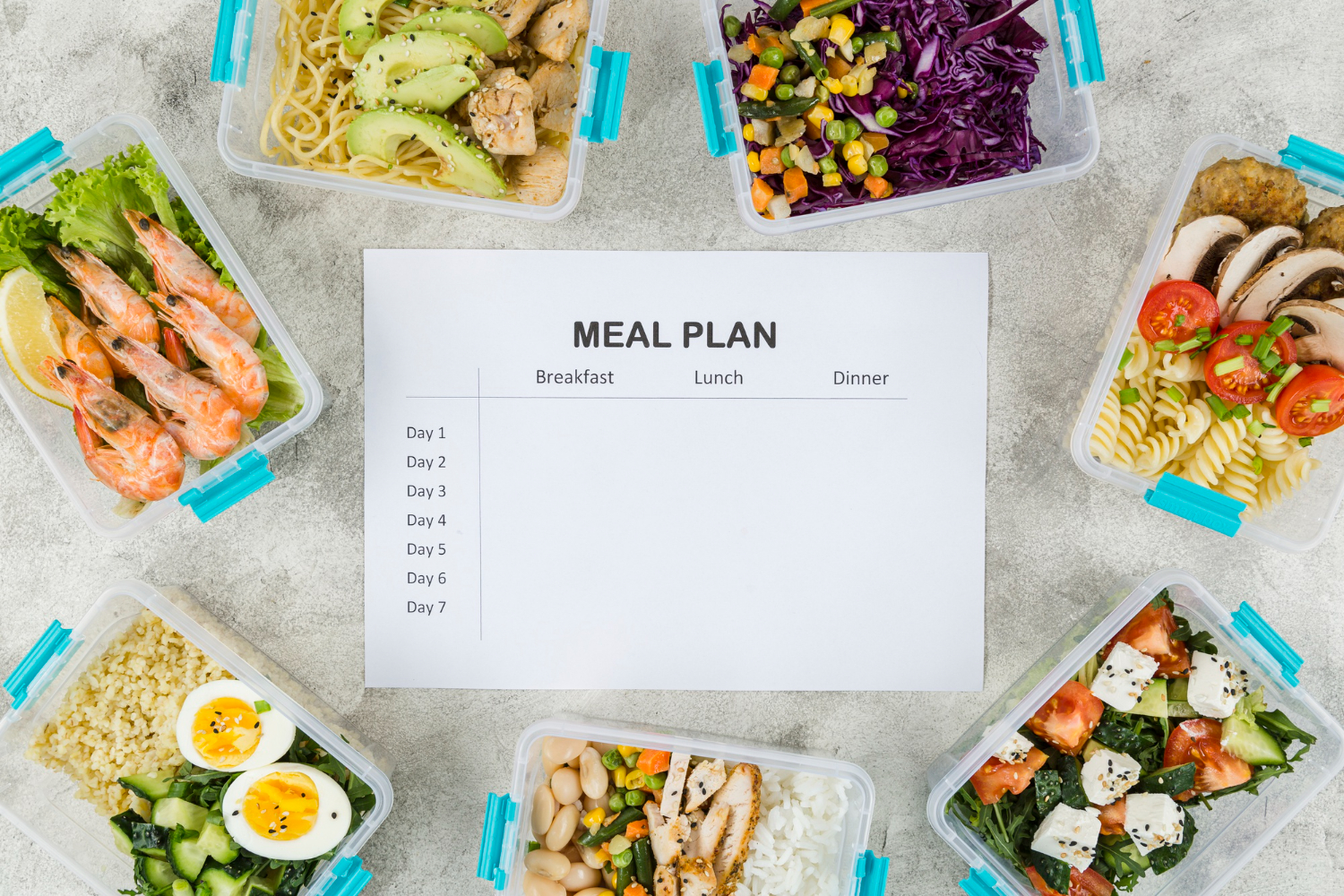In today’s fast-paced world, achieving weight loss goals while sticking to a budget can seem daunting. However, with careful planning and smart choices, it’s entirely possible to create a balanced meal plan that supports weight loss without breaking the bank. In this comprehensive guide, we’ll delve into the intricacies of crafting a nutritious and cost-effective meal plan, providing you with the tools and strategies you need to succeed.
Understanding the Basics
Before diving into meal planning specifics, it’s essential to understand the basic principles of a balanced diet for weight loss:
- Caloric Deficit: Weight loss occurs when you consume fewer calories than your body expends. Creating a caloric deficit through diet and exercise is key to shedding excess pounds.
- Nutrient Density: Focus on foods that are rich in essential nutrients like vitamins, minerals, fiber, and protein. These foods not only support overall health but also keep you feeling full and satisfied, making it easier to stick to your calorie goals.
- Portion Control: Pay attention to portion sizes to avoid overeating. Even nutritious foods can contribute to weight gain if consumed in excess.
- Meal Frequency: While some prefer three square meals a day, others find success with smaller, more frequent meals or intermittent fasting. Choose a meal frequency that works best for your lifestyle and preferences.
Planning Your Meals
Now that you have a solid understanding of the basics, let’s explore how to plan your meals effectively:
- Set Realistic Goals: Start by setting realistic and achievable weight loss goals. Aim for a gradual and sustainable rate of weight loss, typically 1-2 pounds per week.
- Assess Your Dietary Needs: Consider your individual dietary needs, preferences, and any dietary restrictions or allergies you may have. This will guide your food choices and ensure your meal plan is tailored to your specific needs.
- Create a Weekly Meal Plan: Take some time at the beginning of each week to plan out your meals. Consider factors such as variety, balance, and portion sizes. Aim for a mix of protein, carbohydrates, and healthy fats at each meal.
- Batch Cooking and Meal Prep: Consider batch cooking and meal prep to save time and money. Prepare large batches of staple foods like grains, proteins, and vegetables at the beginning of the week, then mix and match them to create different meals throughout the week.
- Utilize Leftovers: Don’t let leftovers go to waste. Incorporate them into future meals or repurpose them into new dishes to minimize food waste and save money.
- Stock Up on Staples: Keep your pantry stocked with staple ingredients like beans, lentils, rice, pasta, canned tomatoes, and spices. These items form the foundation of many budget-friendly meals and can be used in a variety of dishes.
- Shop Smart: Make a grocery list based on your meal plan and stick to it while shopping. Look for sales, buy in bulk when possible, and consider purchasing generic or store-brand items to save money.
- Consider Frozen and Canned Foods: Frozen and canned fruits and vegetables are often more affordable than fresh and can be just as nutritious. Stock up on these items to ensure you always have produce on hand.
- Be Mindful of Portion Sizes: Practice portion control to avoid overeating. Use measuring cups, spoons, or a food scale to portion out your food, especially when it comes to calorie-dense items like nuts, oils, and sauces.
Building Balanced Meals
Now let’s explore how to build balanced meals that support weight loss and fit within your budget:
- Include Lean Proteins: Protein is essential for building and repairing tissues and keeping you feeling full and satisfied. Choose lean protein sources like chicken breast, turkey, fish, tofu, tempeh, legumes, and low-fat dairy products.
- Incorporate Plenty of Fruits and Vegetables: Fruits and vegetables are rich in vitamins, minerals, fiber, and antioxidants, making them essential for overall health and weight loss. Aim to fill half of your plate with fruits and vegetables at each meal.
- Choose Whole Grains: Whole grains like brown rice, quinoa, oats, barley, and whole wheat bread are rich in fiber and nutrients and can help keep you feeling full and satisfied. Opt for whole grains over refined grains like white rice and white bread.
- Include Healthy Fats: Don’t skimp on healthy fats, as they’re essential for brain health, hormone production, and nutrient absorption. Choose sources like avocados, nuts, seeds, olive oil, and fatty fish like salmon and mackerel.
- Limit Added Sugars and Processed Foods: Minimize your intake of added sugars, refined carbs, and processed foods, as these can contribute to weight gain and sabotage your weight loss efforts. Instead, focus on whole, minimally processed foods whenever possible.
- Stay Hydrated: Drink plenty of water throughout the day to stay hydrated and support overall health. Sometimes thirst can be mistaken for hunger, so staying hydrated can help prevent unnecessary snacking and overeating.
Sample Meal Plan
To illustrate how these principles can be applied in practice, here’s a sample meal plan for a day:
Breakfast:
- Overnight oats made with rolled oats, almond milk, chia seeds, and topped with fresh berries and a dollop of Greek yogurt.
- 1 boiled egg on the side for extra protein.
Lunch:
- Quinoa salad with mixed greens, cherry tomatoes, cucumber, bell peppers, black beans, and avocado.
- Dress with a simple vinaigrette made from olive oil, lemon juice, and herbs.
Snack:
- Sliced apple with almond butter.
Dinner:
- Grilled salmon served with roasted sweet potatoes and steamed broccoli.
- Drizzle salmon with a homemade lemon-dill sauce made from Greek yogurt, lemon juice, and fresh dill.
Snack:
- Carrot sticks with hummus.
Conclusion Creating a balanced meal plan for weight loss on a budget is entirely achievable with careful planning, smart shopping, and a bit of creativity. By focusing on nutrient-dense foods, practicing portion control, and making use of cost-effective ingredients, you can reach your weight loss goals without breaking the bank. Remember to stay flexible and adjust your meal plan as needed to fit your individual needs and preferences. With dedication and persistence, you can achieve long-lasting success in your weight loss journey.




